How is the cytoskeleton linked to adherens junctions?
How is the cytoskeleton linked to adherens junctions? Early biochemical studies exploring the structural link between the cytoskeleton and cadherins in adherens junctions (AJs) concluded that it comprised direct interactions in the following order; cadherin tails bind β-catenin, β-catenin binds the VH1 domain of [...]


